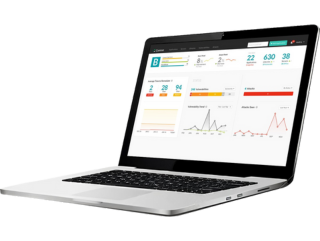Software Development Life Cycle (SDLC) Security
Best Practices for Software Development Life Cycle Security
Understand SDLC Security AspectsWhat is the software development life cycle, aka SDLC?
The Software Development Life Cycle (SDLC) is a framework that defines tasks performed at each step in the software development process. SDLC standards provide a structure that can be followed by software development teams as they plan, define, design, build, test, deploy, and maintain new software. The systematic SDLC process is designed to help developers meet or exceed customer expectations, speed up the development process, meet predefined cost estimates, and secure SDLC.
There are five popular SDLC models:
- Waterfall, in which the software development process is divided into various linear phases, with the outcome of one phase defining what needs to be done in subsequent phases.
- V-shaped, which uses a testing phase for each development stage and like Waterfall, each stage begins only after the previous one has ended.
- Iterative, which starts with an initial set of requirements, then codes, tests, and evaluates, with a new version of the software developed at each iteration.
- Spiral, where the project passes through four phases over and over in a “spiral” until completed, allowing for multiple rounds of user feedback and refinement.
- Agile, which uses an iterative approach, with requirements and solutions evolving through adaptive planning, evolutionary development, early delivery, continual improvement, and rapid/flexible response to change.
Why is software development lifecycle security important?
Security testing should integrated into the entire SDLC. Testing throughout all phases mitigates fixes later in the lifecycle.
- Secure software
- Detecting flaws and vulnerabilities early in the life cycle
- Cost savings due to finding issues early
- Reduce time to release








